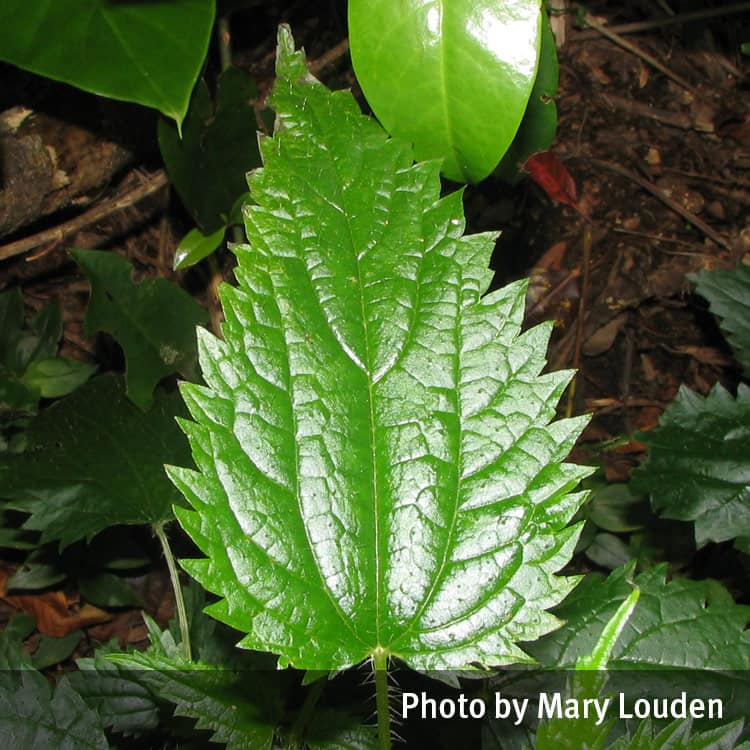Description
These soft herbs occur as weeds in damp areas and are sparsely covered with rigid, stinging hairs.
The flowers are small and greenish in colour. The leaves are opposite to each other on the stem and have serrated margins.
The two species are very similar but the leaves of the perennial stinging nettle (Urtica incisa) are tapered into a point, whereas the annual small stinging nettle (Urtica urens) has a more rounded tip.
Toxicity
Symptoms
Contact with the stinging hairs can result in local reddening and itching, swelling and an intense burning sensation. These symptoms are usually of short duration but may last up to 36 hours in sensitive individuals.
Images

Details
Common name: Stinging nettles
Botanical name: Urtica urens, Urtica incisa
Family: Urticaceae
General description: These soft herbs occur as weeds in damp areas and are sparsely covered with rigid, stinging hairs.
Flowers: The flowers are small and greenish in colour.
Leaves: The leaves are opposite to each other on the stem and have serrated margins. The two species are very similar but the leaves of the perennial stinging nettle (Urtica incisa) are tapered into a point, whereas the annual small stinging nettle (Urtica urens) has a more rounded tip.
Fruit/Berries: The fruit are minute, seed-like and enclosed in the flower parts.
Other: The sap is clear, stinging hairs are present.